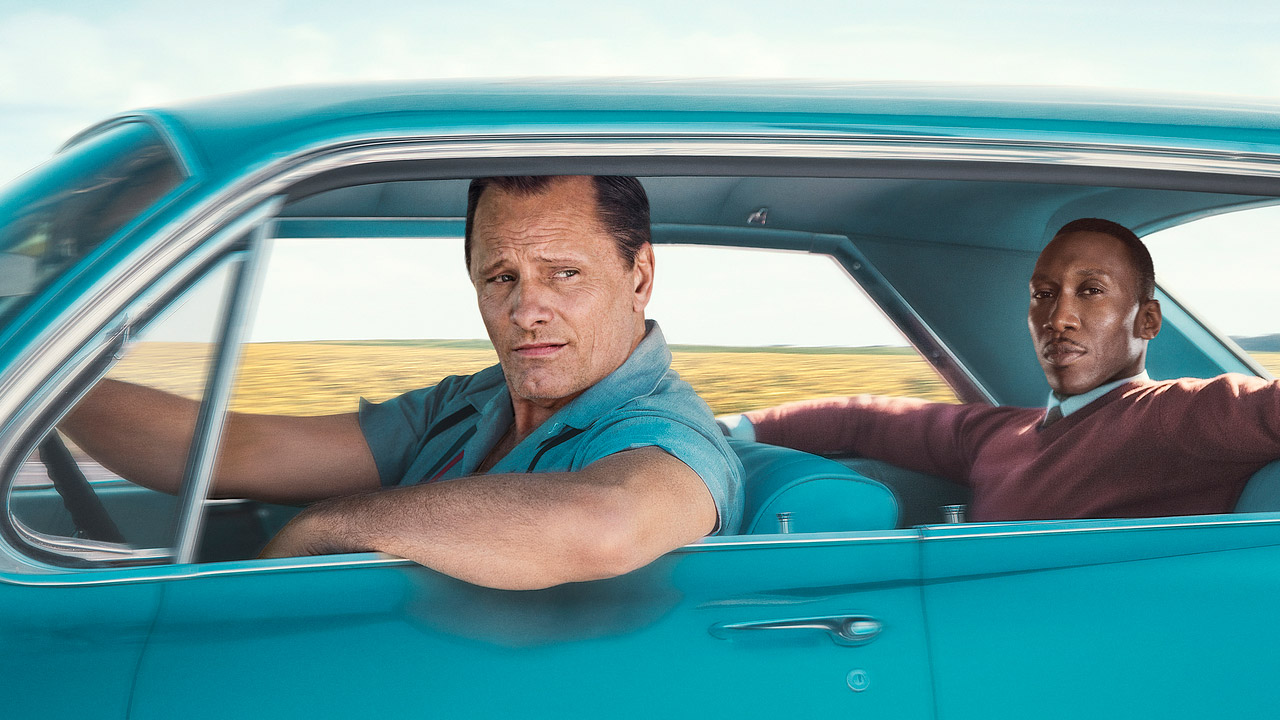Green Book: when prejudice turns into friendship
Green Book: when prejudice turns into friendship
“I have a dream that my four little children will one day live in a nation where they will not be judged by the color of their skin but by the content of their character.”
Martin Luther King Jr.
On September 11th, 2018, the movie GREEN BOOK was released at the 43rd annual Toronto international film festival. It is a true-life story that focuses on a relationship between two people: Donald Shirley and Tony “Lip” Vallelonga. The main characters of this film are completely different in all aspects, including skin colour, personalities, upbringing, jobs, lifestyles, the way of expressing their feelings, and the way of dealing with certain problems. They have nothing in common, which also provides them with an opportunity to learn and understand each other.
We decided to analyse this movie due to the cultural differences, prejudices, biases, and stereotypes that are displayed in different scenes of the film.
Prejudice and Biases:
Prejudice can be described as an assumption or preconceived opinion about a person or people belonging to a certain group that is not based on reason or experience. It often leads to discrimination based on race, gender, ethnicity, or religion. On the other hand, bias is an actual result of prejudice against a person or a group that usually leads to unfairness.
Prejudice can be seen in different scenes in Green Book. The movie is set in the 1960s. At that time there was an assumption that black Americans were meant to work only in low-paid jobs. This led to the fact that Afro-Americans couldn’t employ whites to work for them. A scene that displayed it is when the police are surprised to see a white man like Tony working for a black man. Other examples could be when Tony assumes that Dr. Shirley eats fried chicken or listens to black American music just because he is black.
Collectivism and Individualism:
To demonstrate this set of societal characteristics we need to be aware that it is not just about the characteristics of an individual but also about their relationships. Tony is an Italian American and Dr. Shirley is an African American but not a typical one. Since he was a child, he was working on himself with the support of his mother to become a musician. Now he belongs to an upper-class social circle.
To compare the culture of these protagonists we cannot say that Italian culture is truly collectivistic, but we can state that it is less individualistic than American culture. Tony’s family and friends are a cohesive group, they are most of the time displayed together, spending their time together. Tony needed a job but was sceptical to work for a coloured person at the beginning. But then the relationship prevailed over the task that he needed to fulfil. On the contrary, Dr. Shirley and other Americans showed that the task is more important than the relationship.
Work vs. Private Life:
Work-life and private-life overlapping is in some cultures welcomed, in others not really. It can build trust but also be a potential threat to their own right to privacy. Tony, for example, talks about his job at home and about his family at work. Sharing about his private life does not make him stressed. On the other hand, Dr. Shirley is more reserved. He used to have a wife named Jean C. Hill and only when Tony insists during a long road trip Dr. Shirley sadly has to admit: “Unfortunately, I can’t do the husband and pianist simultaneously”.
Learning from each other, Dr. Shirley finds out what values bring and keep a family together and Tony learns how to respect others’ privacy.
To sum up…
The characters of the protagonists evolve in every situation they face together and also thanks to the everyday conversations. In the end, we can see a change in their attitudes and a shift in the way they behave. The topics of the movie include race, social status, and the stereotypes that society as a whole has about a particular group of people. It is a heart-warming message about overcoming prejudices.




